The air is crisp and the scent of cinnamon and cloves fill the streets as Germany transforms into a winter wonderland in preparation for the most enchanting time of the year – Christmas. Steeped in rich history and cultural significance, Christmas in Germany is a tapestry of unique and time honored traditions which have been cherished for centuries. From the Advent calendars counting down the days to the heavenly aroma of fresh-baked Stollen, these timeless rituals bring families together for creating memories. Join us on our journey through the heart of Christmas in Germany. We think you’ll recognize quite a few of their favorite customs…
OH WEIHNACHTSBAUM, OH WEIHNACHTSBAUM
First of all, in the center of every festive home, the Christmas tree stands tall and shining with twinkling lights and special ornaments. A living evergreen, artificial, snow flocked, or simply a wooden frame, the branches reach toward the sky. The Christmas tree is more than a decoration; It transforms the room with its charm. Historians say that the first decorated indoor tree was done in 1605 in Strasbourg, and was decorated with roses, apples and different sweets. It sounds beautiful!
Evergreen Myths
Since early days, there are many different myths which have circulated through history over the origins of Christmas trees. One legend says that Martin Luther, the 16th century Protestant Reformer, believed that pine trees represented the goodness of God. He is credited with adding lights onto the trees. On a walk, he saw the moon glistening in the woods and wanted his family to experience the beautiful vision, too.
Another myth tells the story of St. Boniface in the 8th Century who cut down an oak tree to prevent a pagan sacrifice. Then, a fir tree grew in the same place, and its branches represented Christ’s eternal truth. Some different versions of this St. Boniface legend say he also cut down the new fir tree and hung it upside down, which supposedly led to the tradition of trees being hung upside down to represent the Holy Trinity, sometimes with an apple instead of a star.
Obviously, these stories helped the Christmas tree custom spread throughout the world. As traditions vary more and more from region to region and family to family, the majority of Germans wait until after their special meal on Christmas Eve to decorate the tree. In some areas, Mom is responsible for decorating the tree while their children are kept otherwise occupied. This builds excitement as they wait to see the adorned tree in all its glory. Regardless of when, most come together to decorate the tree while strengthening the bonds of family.
NO DILL
In addition to the Christmas tree ritual, we can also thank Germany for a particularly unusual ornament. Although it was originally only a very small percentage of Germans practiced it, this has spread world-wide since. The “Christmas Pickle” is hidden among the beautiful trinkets on the tree. This shiny green glass ornament has the same shape and texture as a real pickle. On Christmas morning, children try to find it for a prize. The reward could be an additional gift or perhaps $5.00, but the best prize is good luck for the upcoming year!
Is there a pickle on your tree this year? Or perhaps the better question, why do some hide a pickle? The story goes that in the 19th century, many families were too poor to have ornaments, so they hung pickles on their tree as decorations. Now, the next time you see the glossy Gherkin ornament in Hobby Lobby, you’ll know why.
CHRISTBAUMLOBEN
Overall, my personal favorite custom is “Traditional Tree Praising,” which adds more suspense to the tree activities occurring Christmas Eve. A small group of “elves” sneak into the homes of friends or neighbors to quickly and quietly decorate that person’s tree anonymously. Just imagine, you’re headed to tackle the time-consuming chore of decorating your tree, only to find that it is completely done! Oh how I wish this tradition had made its way to my neighborhood!
After the home Christmas trees are all adorned, it’s time to visit your friends and neighbors to “praise” their tree. Everyone gives compliments to another’s tree and those comments are well-received – and rewarded with shots of Schnapps or mulled wine. And there’s no limit to the number of homes they may visit to review, so it becomes quite a lively evening! It’s just another testament to the enduring spirit of Christmas in Germany.
CARP PER DIEM?
Undoubtedly, my least favorite tradition of Christmas in Germany is the one that actually kicks off the season for those who stick to the older customs. When the season starts, so does the fasting. It begins on December 11 and ends on Christmas Eve, just in time for the special family feast. During the fast, they can only eat a very simple dish such as carp, but nothing more.
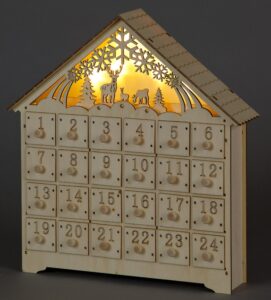
THE FINAL COUNTDOWN
Furthermore, Germany gets kudos for yet another tradition we have embraced – the Advent Calendar. What started long ago as chalk marks on a wall has evolved into one of the world’s most popular customs for the holiday season. Starting four weeks ahead of the holiday, the calendar builds anticipation for the children as it counts down to Christmas. Each day, they open a window or tiny door to reveal a hidden story or poem, candy, or some small gift. Many parents prefer to make their own, but of course, the Advent Calendar is now sold everywhere – and most often delivers chocolate.
ADVENTSKRANZ
Moreover, the Advent Wreath or Adventskranz, is an icon in German holidays. The arrangement of greenery holds 4 candles with berries, pine cones, dried flowers, or ornaments as adornments. Some families light one candle every Sunday as they approach Christmas. Others wait until the last Sunday before Christmas and light them all. Either way, with the lighting of the candles they will sing favorite carols, munch on their favorite treats, or watch a favorite movie.
Equally, the nutcracker is a favorite symbol around the world which also originates with Christmas in Germany. These hand-carved wooden toy soldiers are to watch over the family and keep the evil spirits away. In addition, some believe the nutcrackers will bring good luck, and therefore they become family keepsakes which are passed down from one generation to another. The nutcracker comes in all sizes and it has become the decoration that is collected the most – along with the Nativity scene.
ANGELS WE HAVE HEARD ON HIGH
Also, angels play a very important role at Christmas in Germany. These beautiful creatures are nearly everywhere during the holidays. They hang on trees, they are placed on furniture for all to see. They are hung in windows and they embellish clothing, pillows, and more. These are special, bringing love and togetherness to the family. It is common for a special angel to be passed down through the family, too.
OLD ST. NICK
December 7th is the celebration with a feast for St. Nick. Emptied socks or sock-shaped bags are placed outside so they can be filled with small toys, coins, oranges, etc. for the children. In some regions, it is said that St. Nick will knock on doors and the children will sing or recite stories to receive gifts.
KRAMPIN HIS STYLE
According to legend, the night before St. Nick’s is Krampusnacht. This ritual is centuries old yet is spreading through the world’s pop-culture still. Krampus gets his name from the word krampen, which means “claw.” He is a human-like figure with horns, claws, and a long tongue. He scares and punishes the mischievous children who belong on the naughty list. Many believe he is the son of Hel, the Norse god of the underworld,” and that he originated as part of a winter solstice pagan ritual. Because of that, some religions have tried to have him banned for being too much like the devil.
HELEGER ABEND
Similar to many other countries, the Holy Evening, or Christmas Eve, is full of celebrations, including the huge meal. Families work together to spruce up their home for guests and to prepare all the food. The feast includes roast goose, potato dumplings, and red cabbage, all served on a festive table. After the special meal, everyone relaxes and spends the evening around the Christmas tree. Some will sing, others will reminisce of passed family members and memories. This is their big gift exchange – and another chance to enjoy the warmth of familial bonds.
Unlike our Santa, their ritual includes the Christkind or Christ Child delivering the presents. For Christmas in Germany, the Christ Child is not the Baby Jesus. Conversely, they think the Christ Child is a young girl with special qualities like Christ. She will appear in parades and festivities, looking angelic in her gold crown.
In comparison, other Christmas and New Year’s get-togethers will feature a more casual meal. Favorites for these are potato salad and sausages. Seriously, there are millions of different recipes for potato salad – many passed down through families. No doubt that most of us have a cherished “Aunt Joan’s Potato Salad Recipe.” However, most potato salad in Germany contains vinegar, which gives it the traditional flavor. It is interesting to realize that the original dish came from “Christmas in Germany.”
SILENT NIGHT, STILLE NACHT
Further, the tradition of caroling at Christmas in Germany stems from the Catholic side of their history. For some, the children dress up like the Three Wise Men and sing at church or different homes. They choose traditional favorites such as Silent Night and Oh Tannenbaum.
Similarly, Christmas markets have also been copied all over the world and the aroma of local delicacies fills the air. During Christmas in Germany, you can smell warm gingerbread, roasted nuts, and bratwurst to name a few. These markets carry handcrafted items such as glass ornaments and wooden toys for shoppers. There’s warm spiced mulled wine (Glühwein) waiting to give comfort and cheer. And finally, these markets continue to bring people together on common grounds filled with laughter and joy for the blessed holiday season.

THE GREAT PYRAMIDS
As an example, there are intricate wooden structures sold at these markets. They come in all sizes and are embellished with a variety of characters and scenes. Underneath, there are candles at the base and when they burn, they put the top section in motion. and are one of the most popular souvenirs for Germany’s visitors.
AWAY IN A MANGER
Similarly, Nativity scenes are also popular all over the world. For Christmas in Germany, these heartwarming reenactments of the timeless story of Jesus’ birth include shepherds, angels, and the manger. The whole family gets involved with some making costumes, some helping participants learn their lines, and others assist with props. No matter the role, the bonds are once again reinforced.
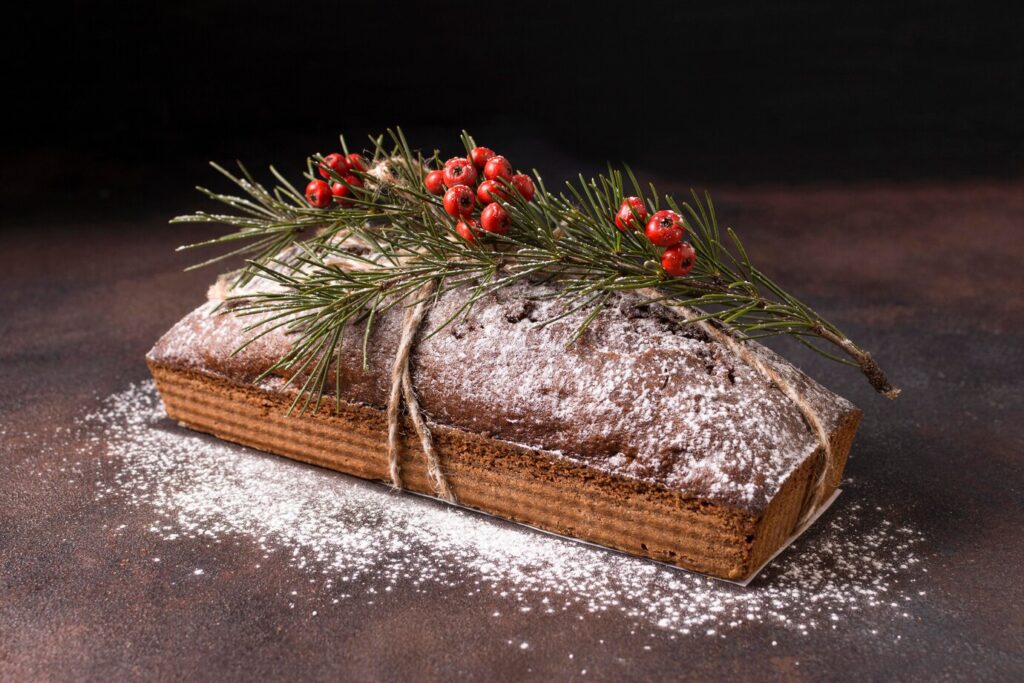
SAVE ROOM FOR DESSERT
In the same manner as most of the coastal countries we’ve highlighted throughout the 12 Days of Christmas , Germany has a certain dish – often a dessert – that has become their holiday staple. Stollen have been around for nearly 700 years and are prized throughout the world as one of the most famous and beloved of all Christmas pastries. There are countless different recipes and many contain at least 20 steps. However, this flaky and flavorful delight is now available for purchase nearly everywhere! If you’d prefer to make your own or you haven’t had Stollen, you’re in luck. We are sharing our somewhat-easier-yet-equally-delicious recipe so it can be added to your favorites list, too.
CHRISTMAS STOLLEN RECIPE
INGREDIENTS:
- 2-1/4 cups all-purpose flour
- 1/2 cup sugar
- 1/4 teaspoon salt
- 1-1/2 teaspoons baking powder
- 1 cup ricotta cheese
- 7 tablespoons cold butter, divided
- 1/2 cup chopped mixed candied fruit
- 1/2 cup raisins
- 1/3 cup slivered almonds, toasted
- 1 large egg, room temperature
- 1 large egg yolk, room temperature
- 1 teaspoon vanilla extract
- 1/2 teaspoon almond extract
- 1/2 teaspoon grated lemon zest
- Confectioners’ sugar
DIRECTIONS:
First, combine the flour, sugar, baking powder and salt in a large bowl. Cut in 6 tablespoons butter until mixture resembles fine crumbs. Next, in a small bowl, combine the ricotta, candied fruit, raisins, almonds, extracts, lemon zest, egg and yolk. Stir into dry ingredients just until moistened.
Finally, bake at 350° for 40-45 minutes or until golden brown. Melt remaining butter; brush over loaf. Remove to a wire rack to cool completely. Dust with confectioners’ sugar.
WHAT A KICK!
Not necessarily with your Stollen, there’s a beverage other than mulled wine when you are wanting some liquid spirit. This is definitely a favorite for Christmas in Germany. Not for the faint of heart, the name should tell you what you need to know: Firetongs Punch! This alcoholic beverage is made in a fascinating way. They start with a rum-soaked sugarloaf and set it on fire. As it burns, the sugar drops into mulled wine placed below. Even the “experienced” German will tell you that Firetong’s Punch definitely has a “kick!”
Truly, many of our favorite traditions originated from Christmas in Germany. It’s no wonder why so many choose to visit there during the holiday season to experience these traditions first-hand.
As we exchange gifts, share laughter, and gather with loved ones, let us acknowledge the beautiful tapestry woven by Germany’s rich holiday heritage, connecting us all in the universal magic of Christmas.
Fröhliche Weihnachten!
Please follow along on our 12 Days of Christmas:
Germany – Day 10 – This Post
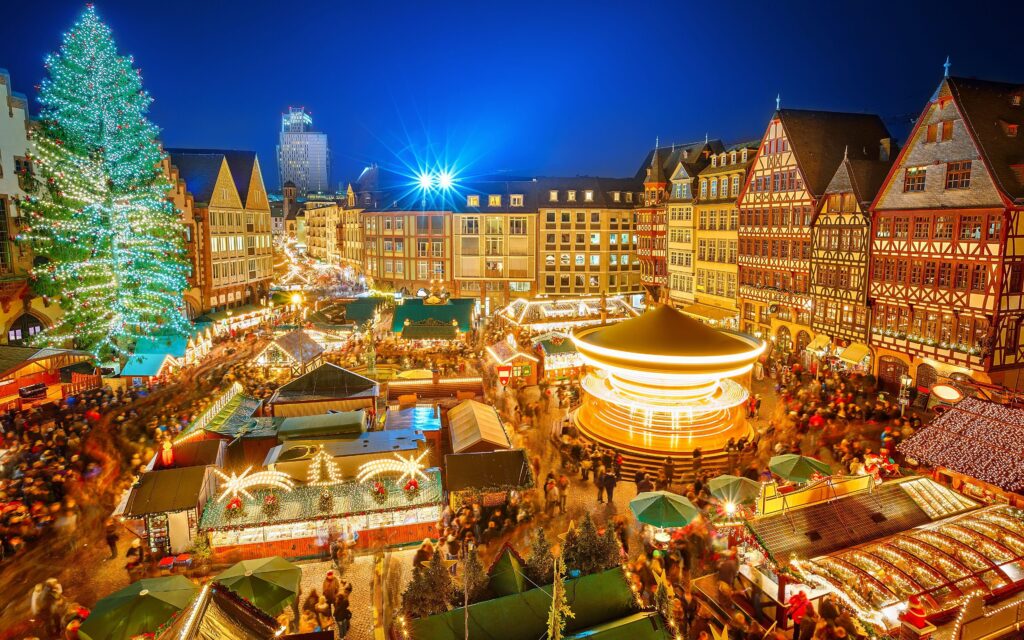


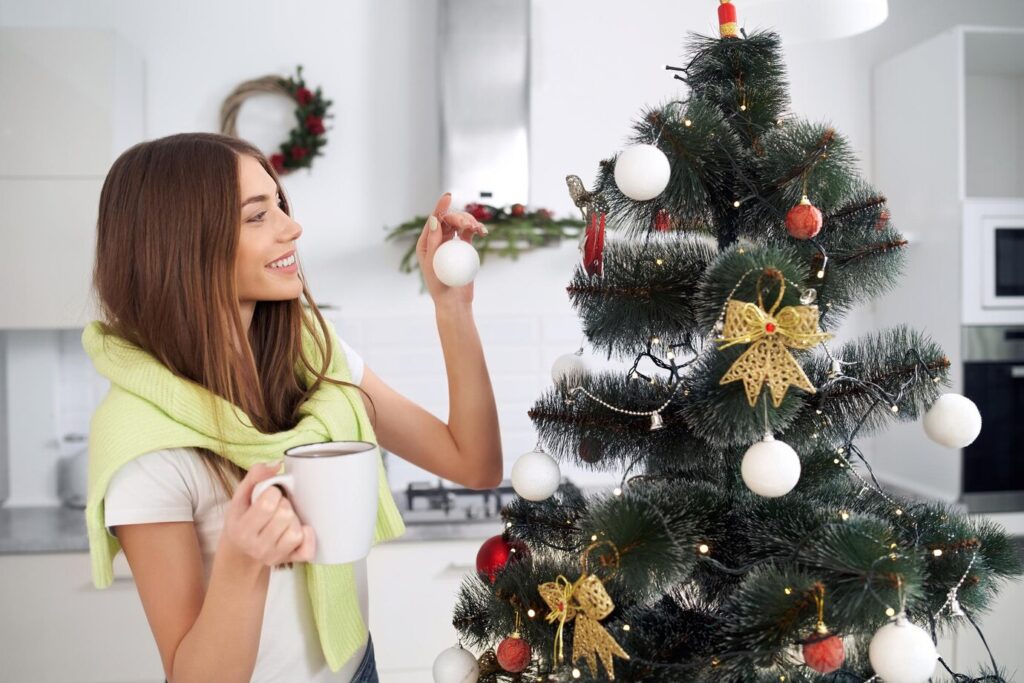
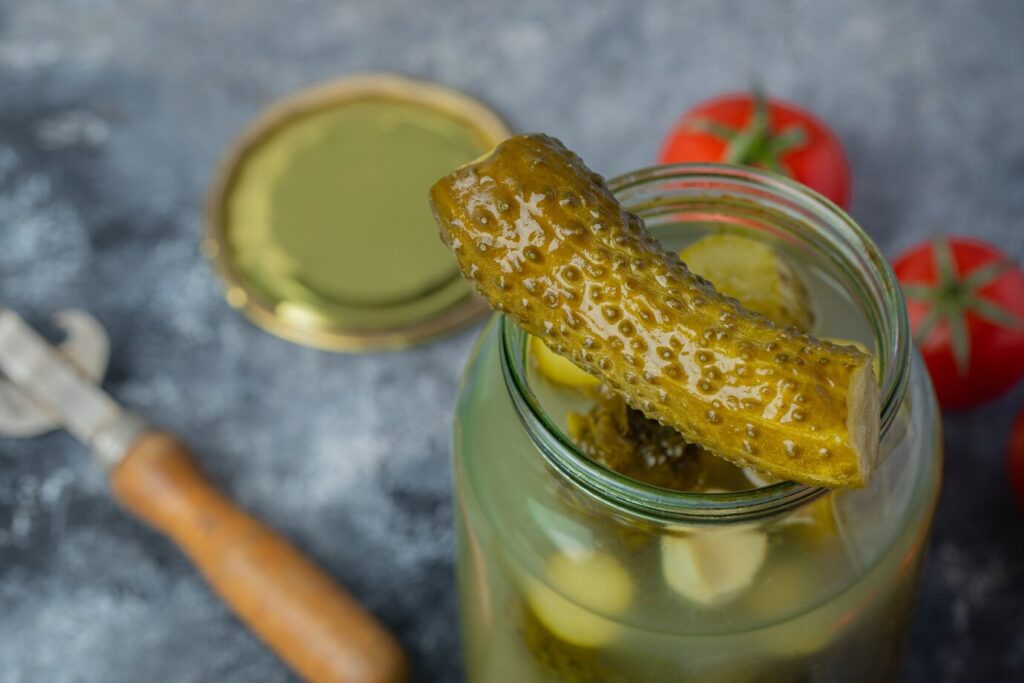
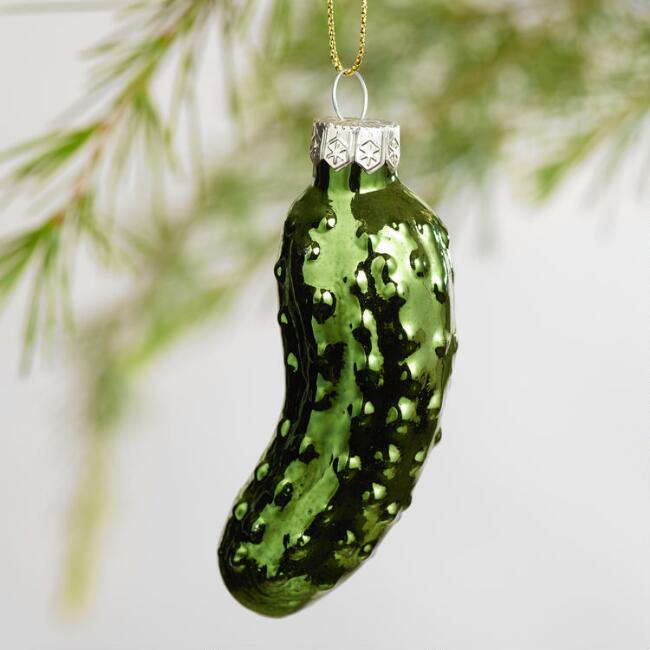
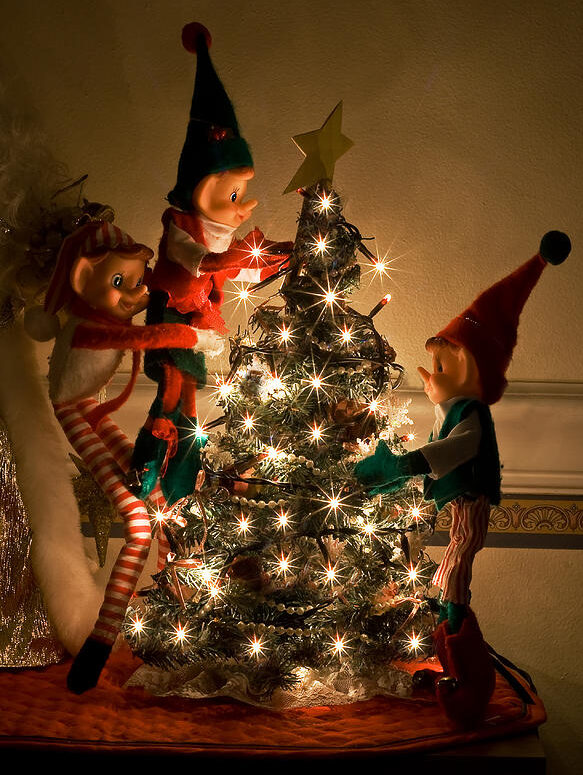
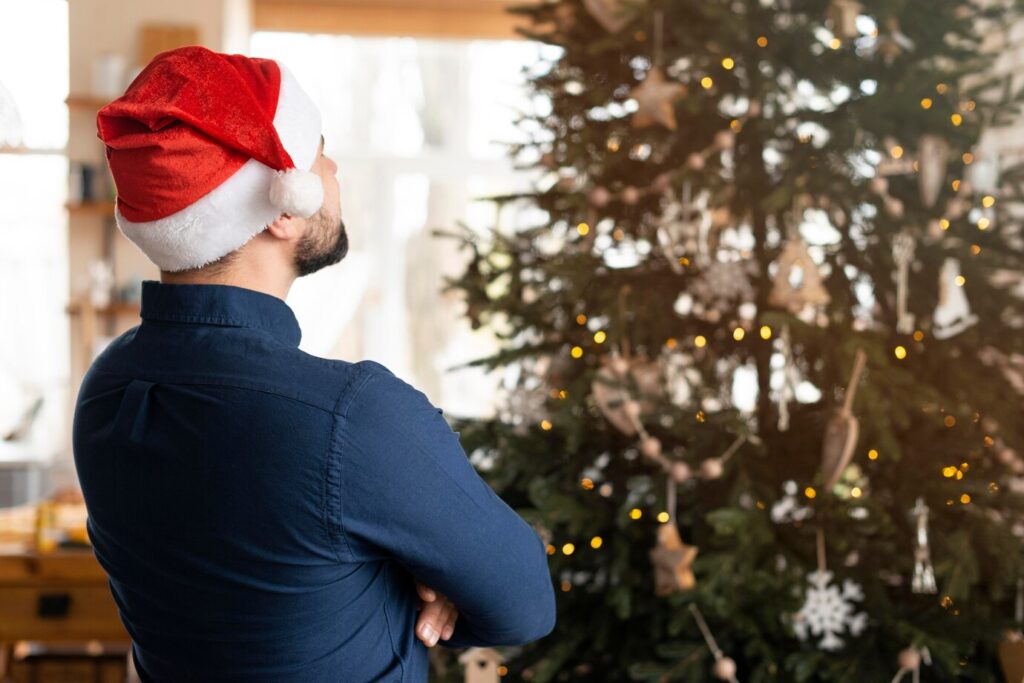

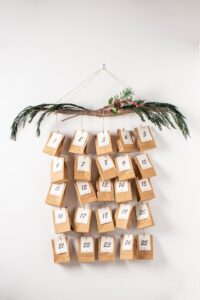
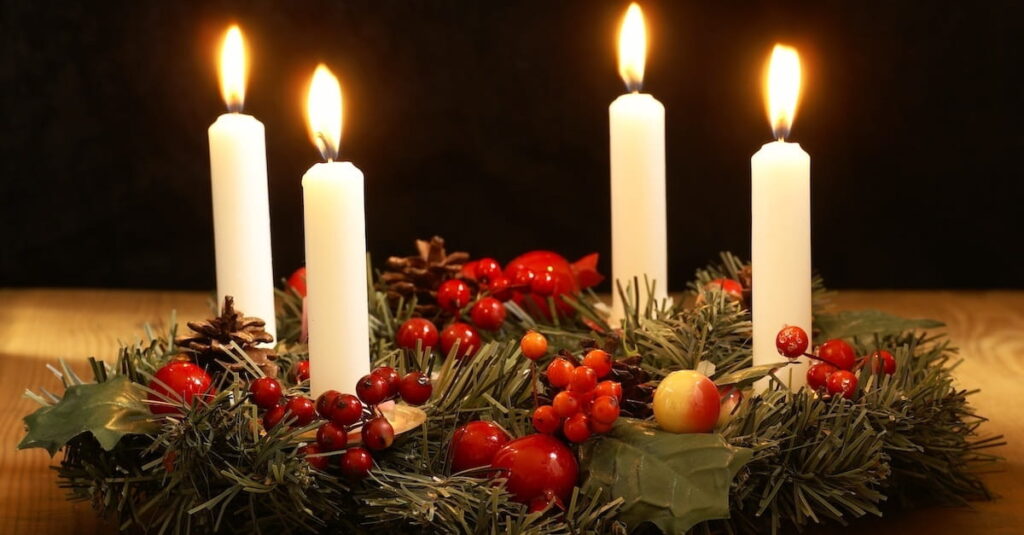
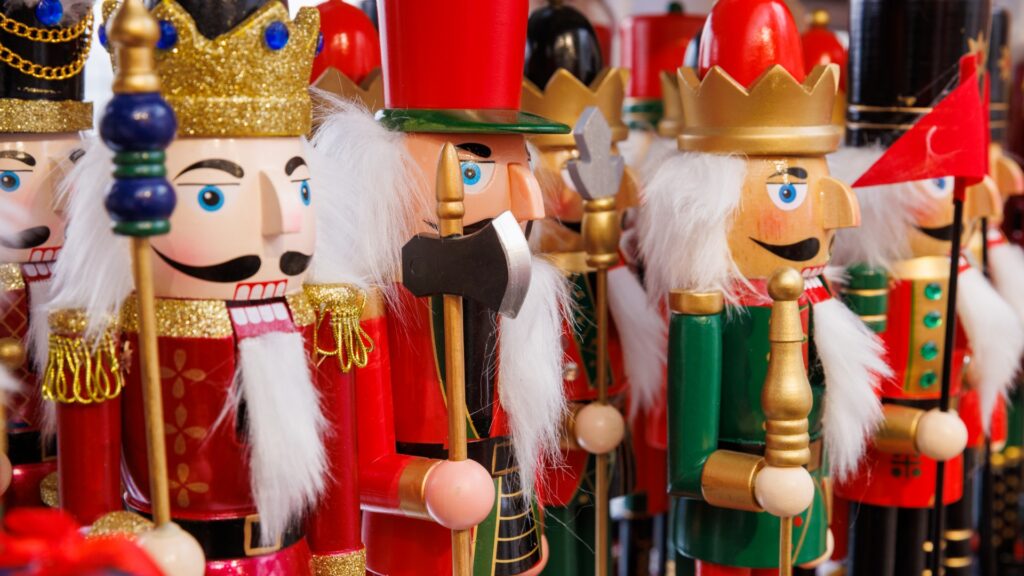
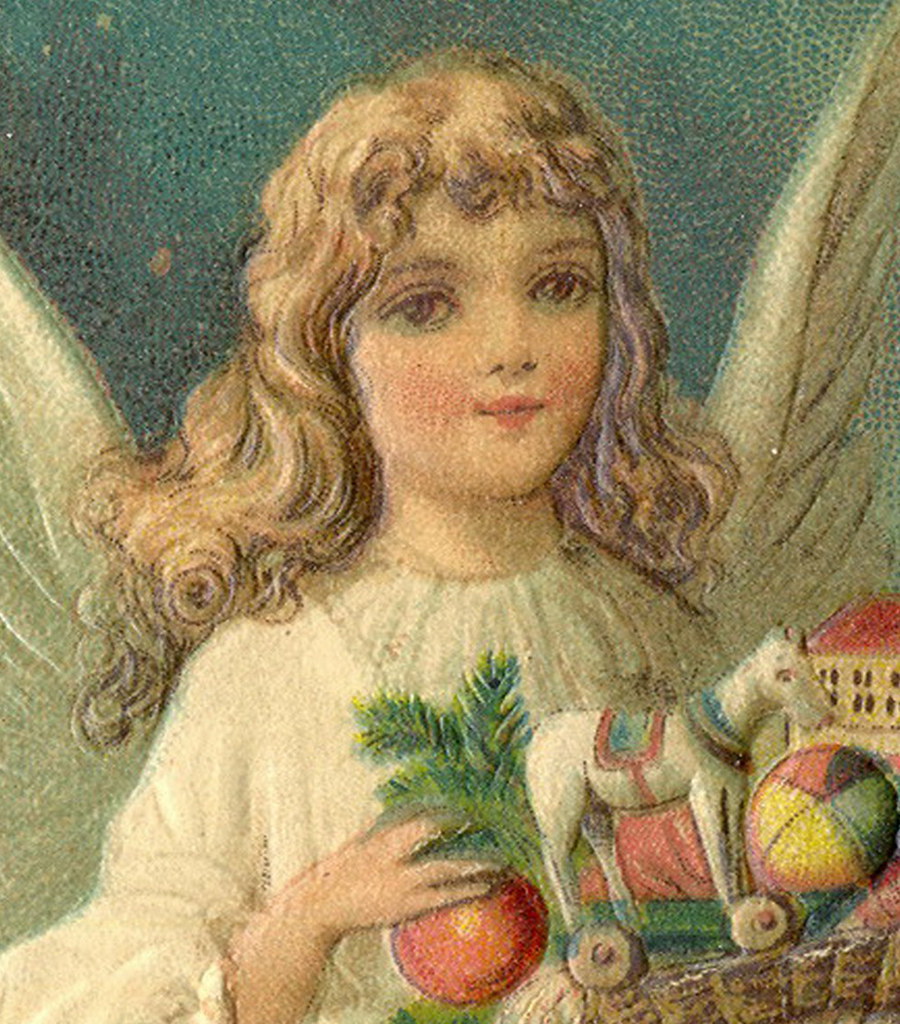
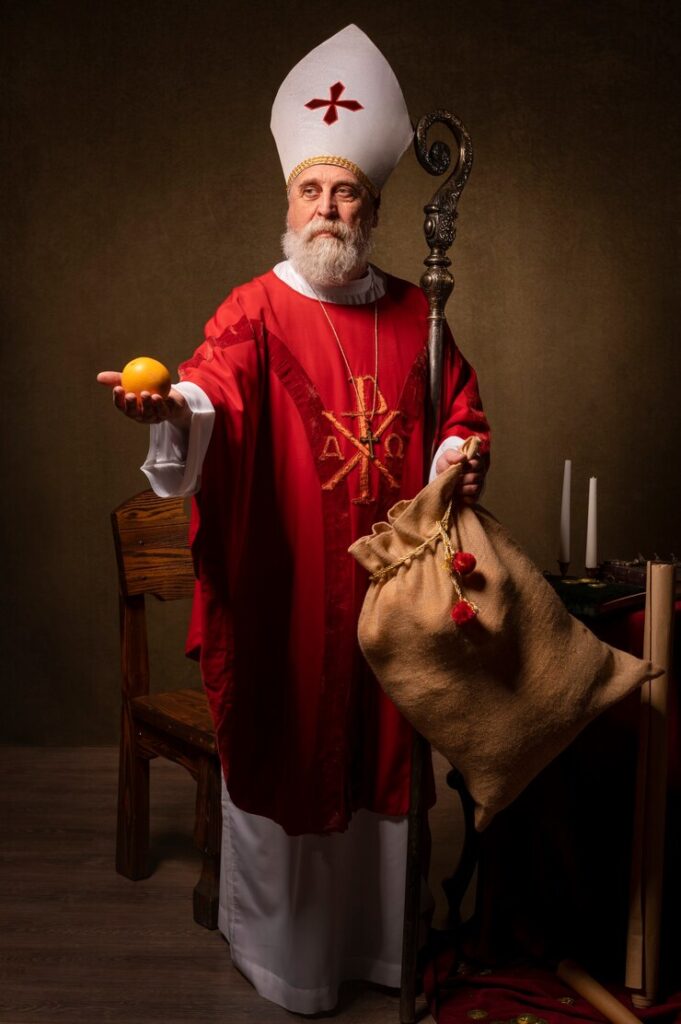

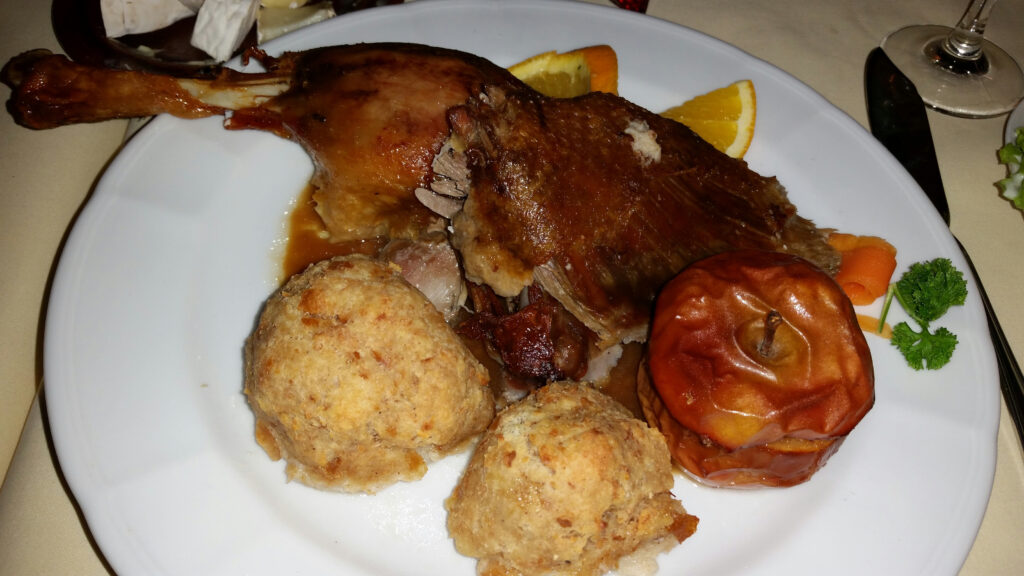
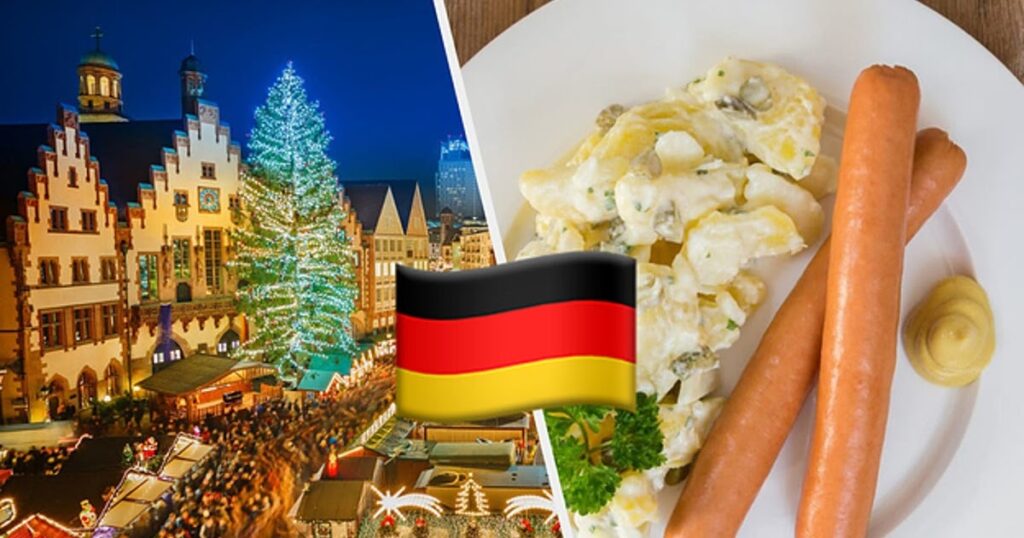
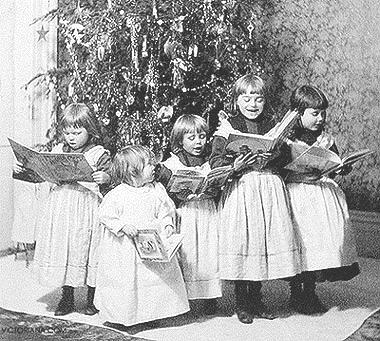
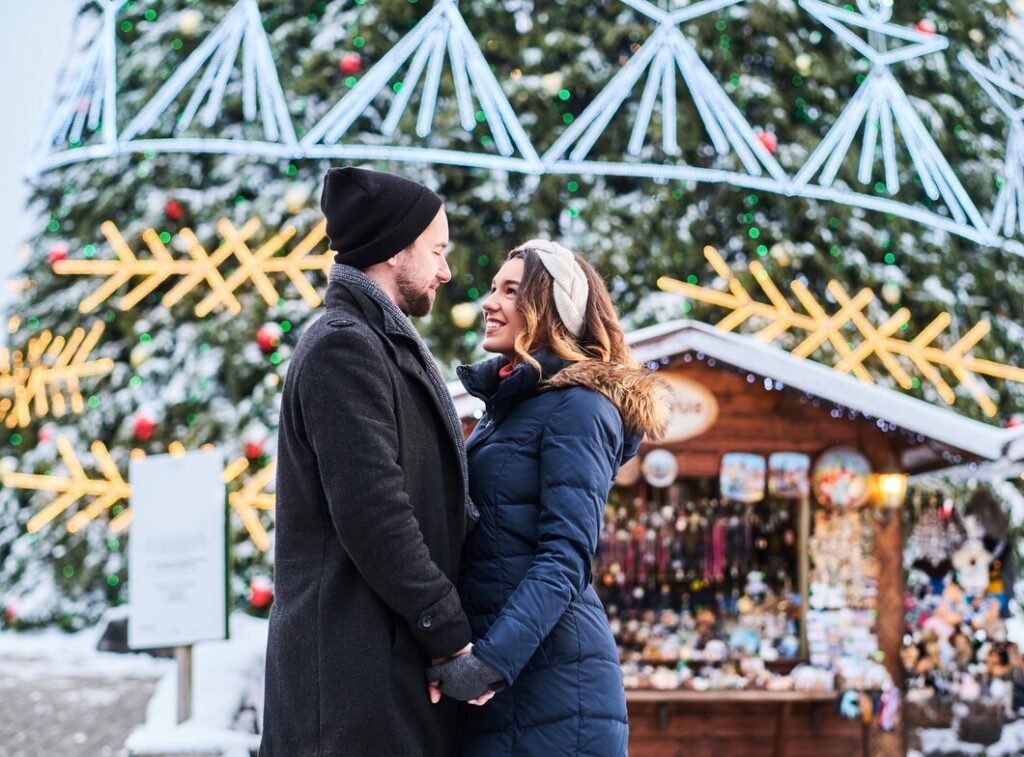
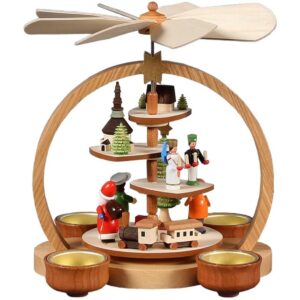
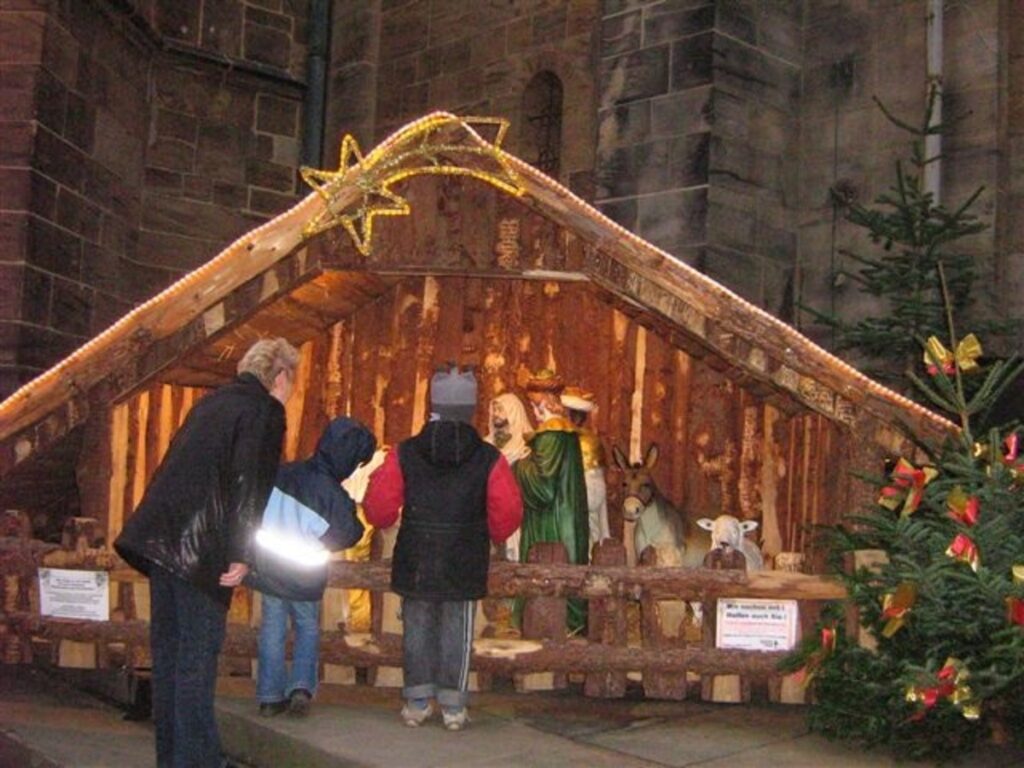


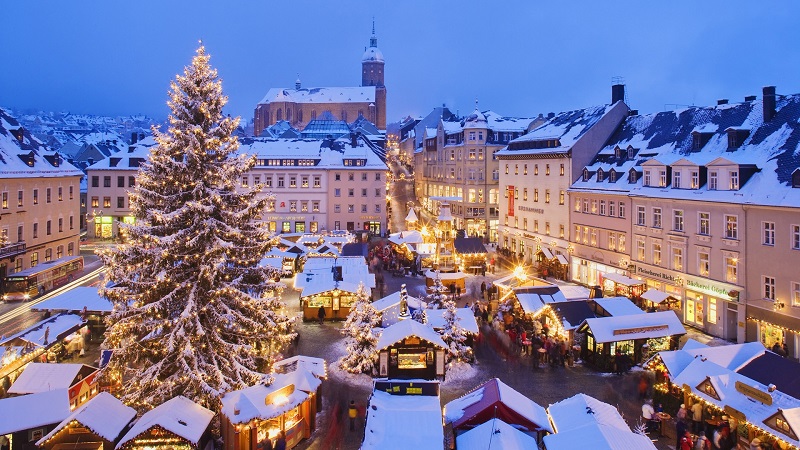







4 Responses
Looks so magical! Love your photography. Everything calls out to me except one thing … the carp! LOL!
Thanks Laurie! I agree – that carp! 🙂
What an incredible post! I loved reading all about the Christmas traditions that came from Germany. We do the pickle tradition with my kids and they love it. My second child found the pickle and he got to open an extra present. It’s so interesting all the amazing traditions that came from Germany and why we do certain things at Christmas. Thanks for sharing this information.
Thanks Kelly! How fun to be able to open an extra present!!